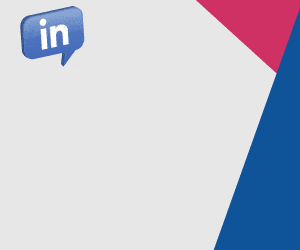Neil Moulton explains how Software as a Service has disrupted the telecoms market.
Once in a generation, we see a highly disruptive technology which changes the face of the industry. That’s undoubtedly the case with Software as a Service (SaaS), and commentators have for the past 5 years or so been debating at length the relative merits and pitfalls.
The applications technology is delineated not in the product itself, but the method of delivery. For example, whether the manufacturer’s solution is provided from the equipment at the customer’s premises (CPE), or centrally located in the cloud.
There has been a move away from separate ‘boxes’ delivering applications
Let’s take call recording as an example. Over the past 10 years, we have seen a move from resellers providing separate (usually substantial) ‘boxes’ delivering applications in conjunction with the PBX, to vendors offering single brand and complex integrated/Unified Communications solutions.
In the early days, call recording was always provided by third-party solutions, then extension side recorders were made available by many PABX manufacturers. Now, most providers have full trunk call recording built-in with advanced features. For example, encryption, records interrogation and mobile extension recording.
Since pretty much every premise-based voice vendor worth their salt can today provide call recording, what then are the distinguishing features that help resellers and end-user customers choose their provider?
Making decisions on how businesses account for technology investment
SaaS (including call recording delivered from the cloud) provides customers with the opportunity to make decisions on how their businesses account for technology investment, and delivers greater flexibility in terms of uptake and usage.
For example, a specific form of SaaS (Contact Centre as a Service) enables customers to ‘flex’ their contact centres to meet seasonal demands, buying increased numbers of concurrent licences for a short period as part of a commercial framework based on a much smaller contact centre.
This means end-users can optimise their technology investment without paying for over-capacity. It’s not all about cost-saving, though; in some cases, the overall lifecycle cost of SaaS will be higher than buying CPE. We tend to find that customers choose our technology because it was developed from within a contact centre, and we demonstrate how we can significantly increase their operational efficiency.
The professional services provided by the SaaS provider become part of that asset. The customer is therefore making a provider choice which is based on the close integration of the application to their business, and this becomes one of the most significant delineators.
The delivery of specific applications to enhance communications strategies
SaaS allows the delivery of specific applications to enhance the customer’s communications strategy without necessitating a ‘rip and replace’ approach.
The net result of this is that the end user’s call recording is not compromised (some simple work-around solutions to PCI compliance rely on turning off the call recording, which rather defeats the object) and the client remains in contact with the contact centre agent throughout the transaction, significantly reducing lost sales through card input error.
With thanks to Neil Moulton, Vice President of Sales at Cirrus.
Author: Megan Jones
Published On: 19th Mar 2014 - Last modified: 18th Sep 2019
Read more about - Archived Content






